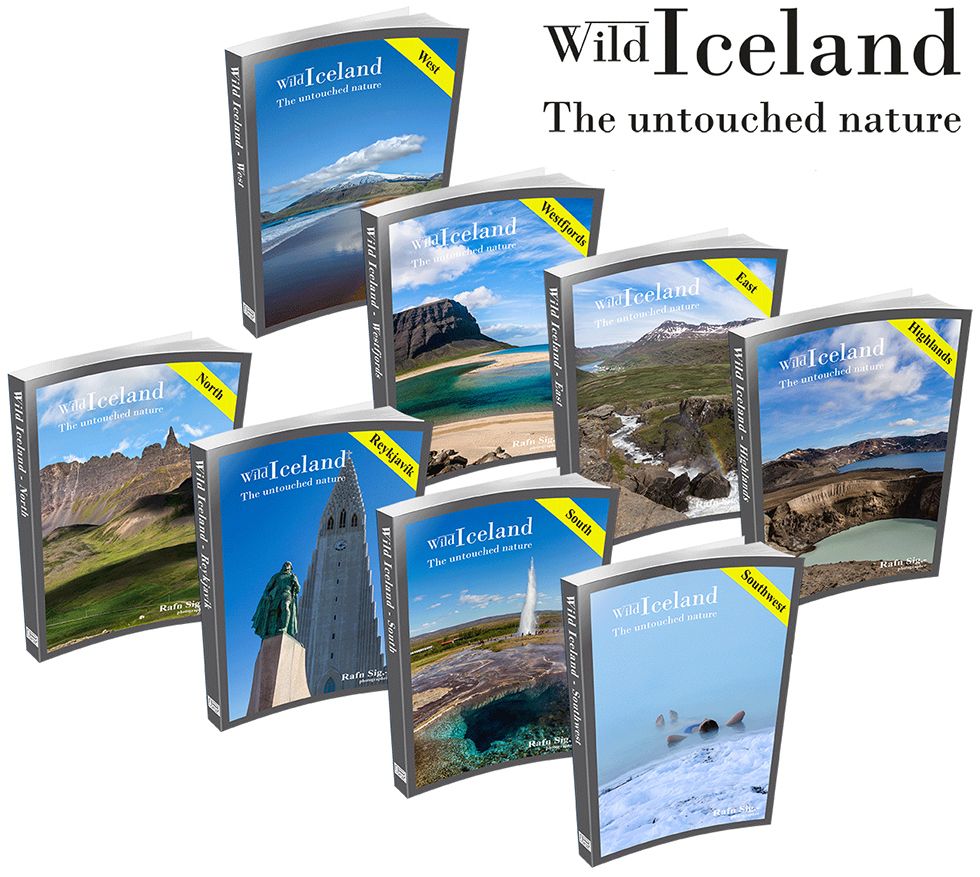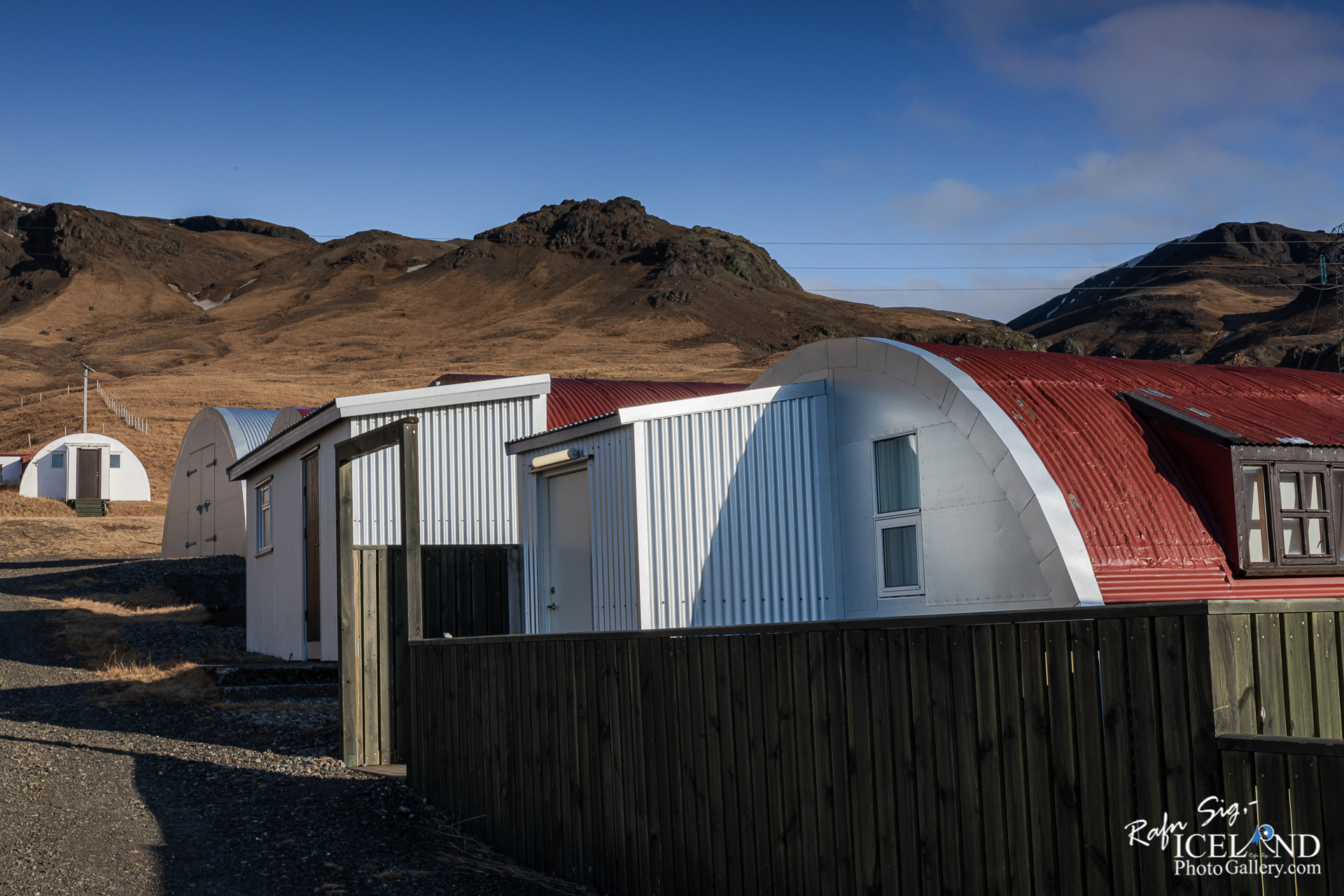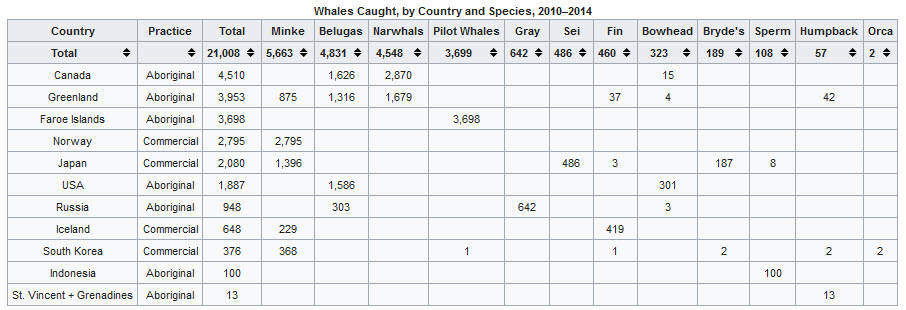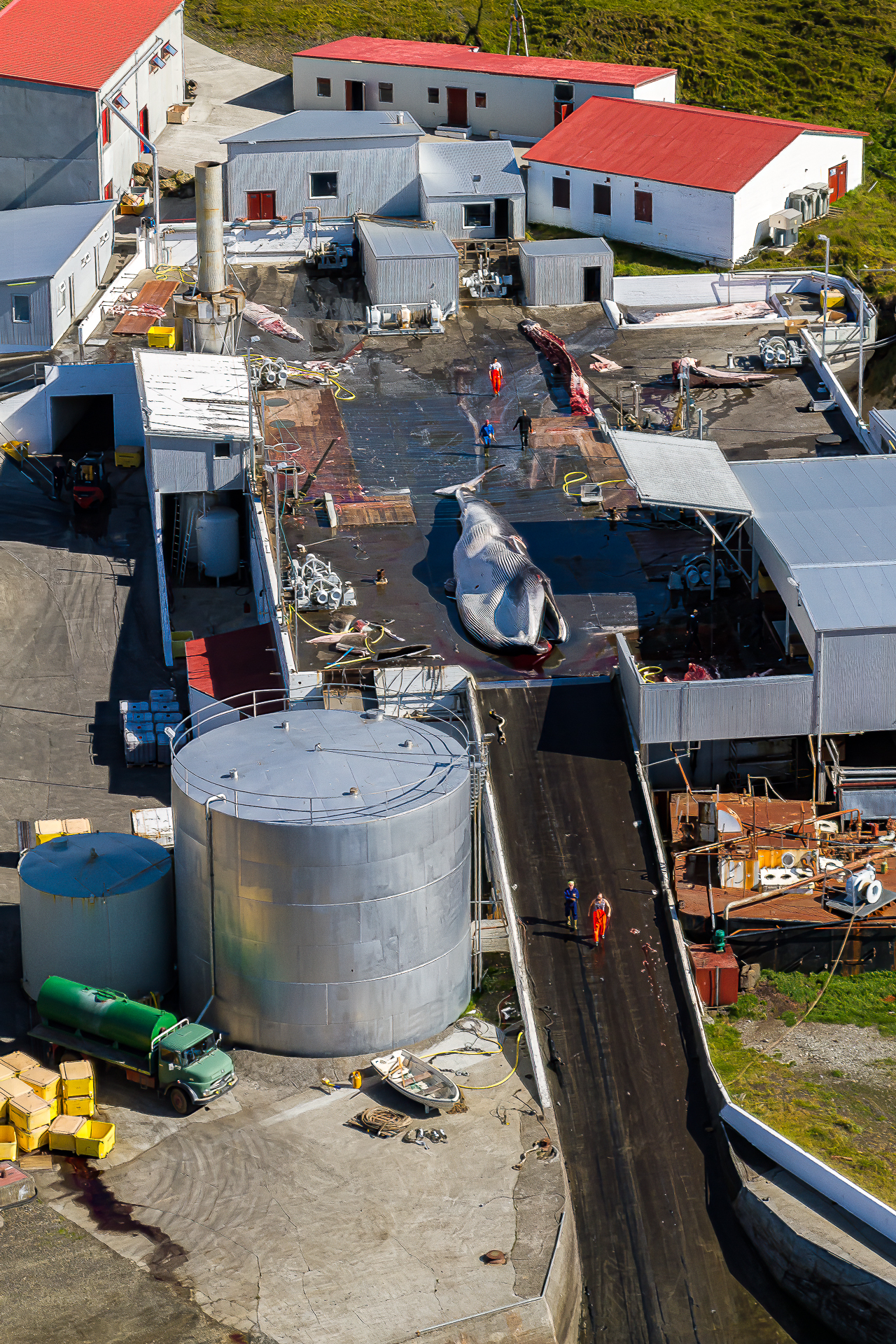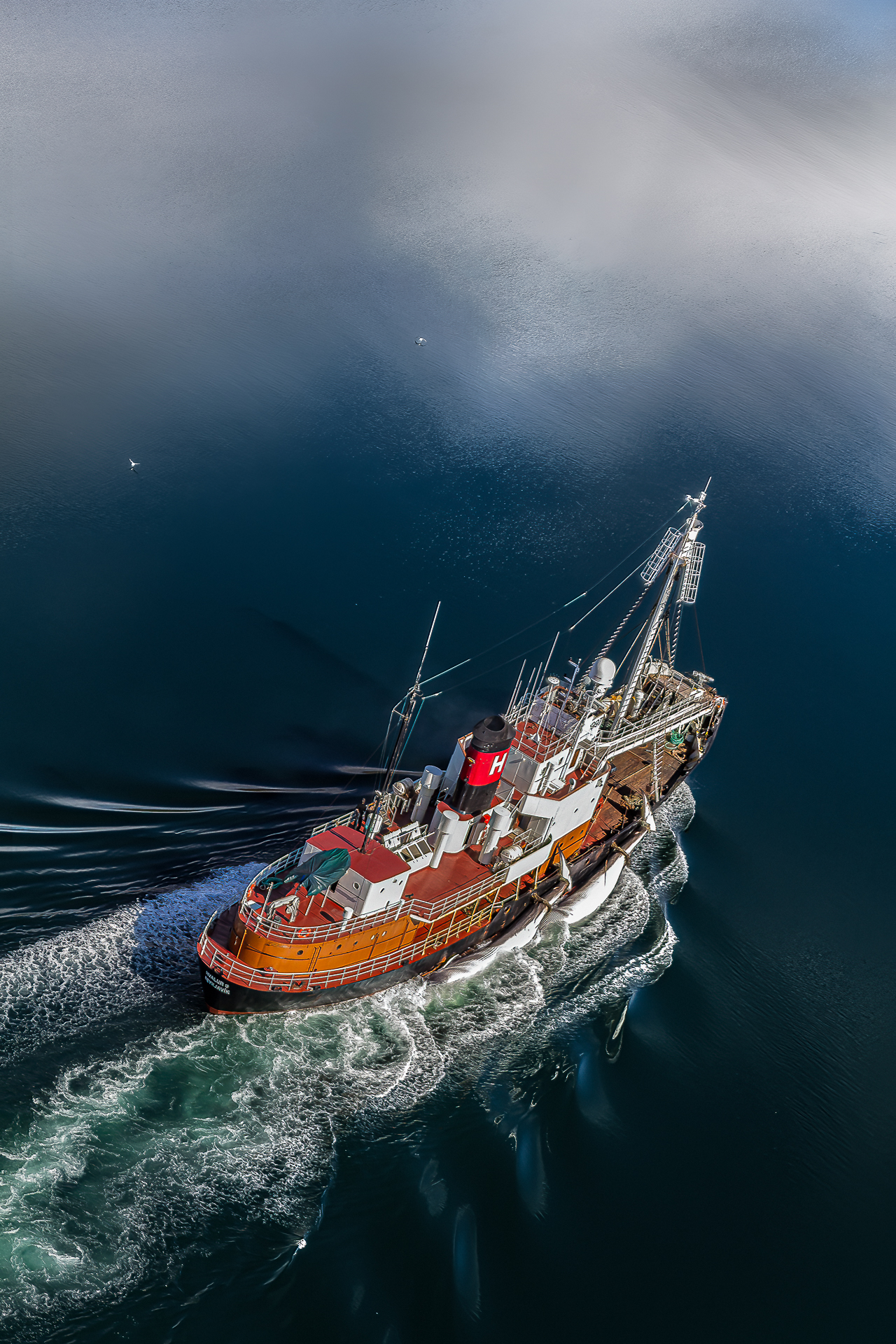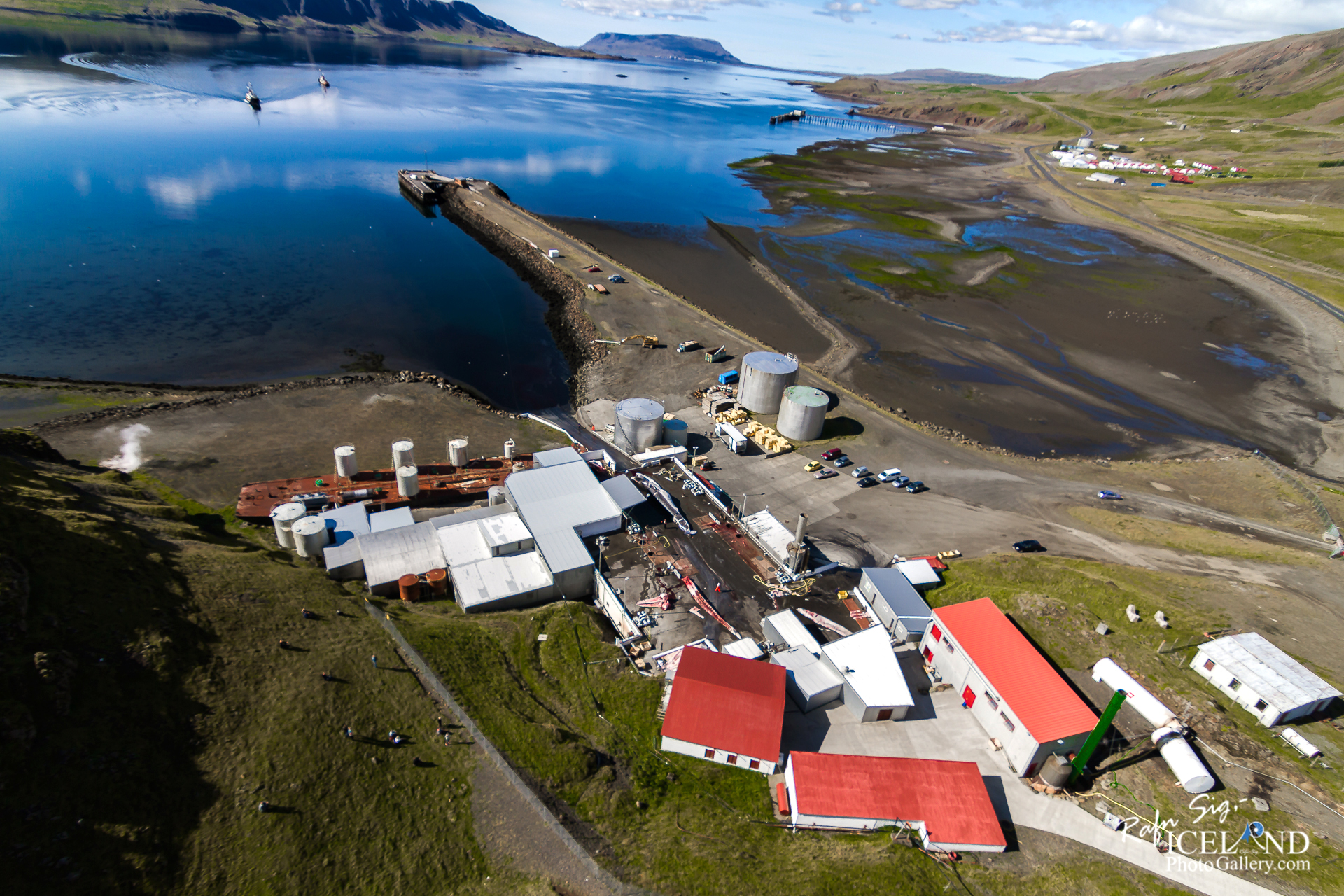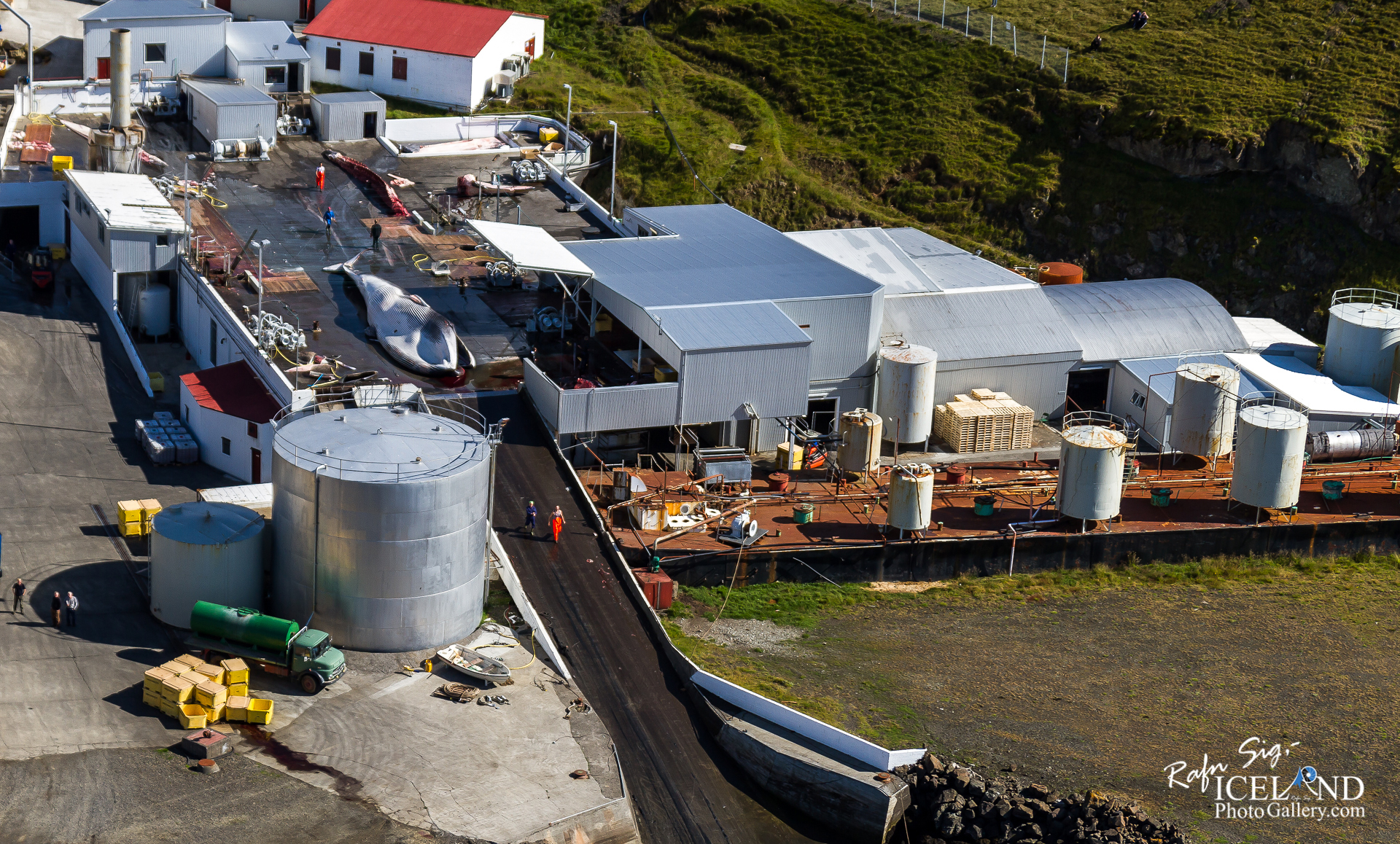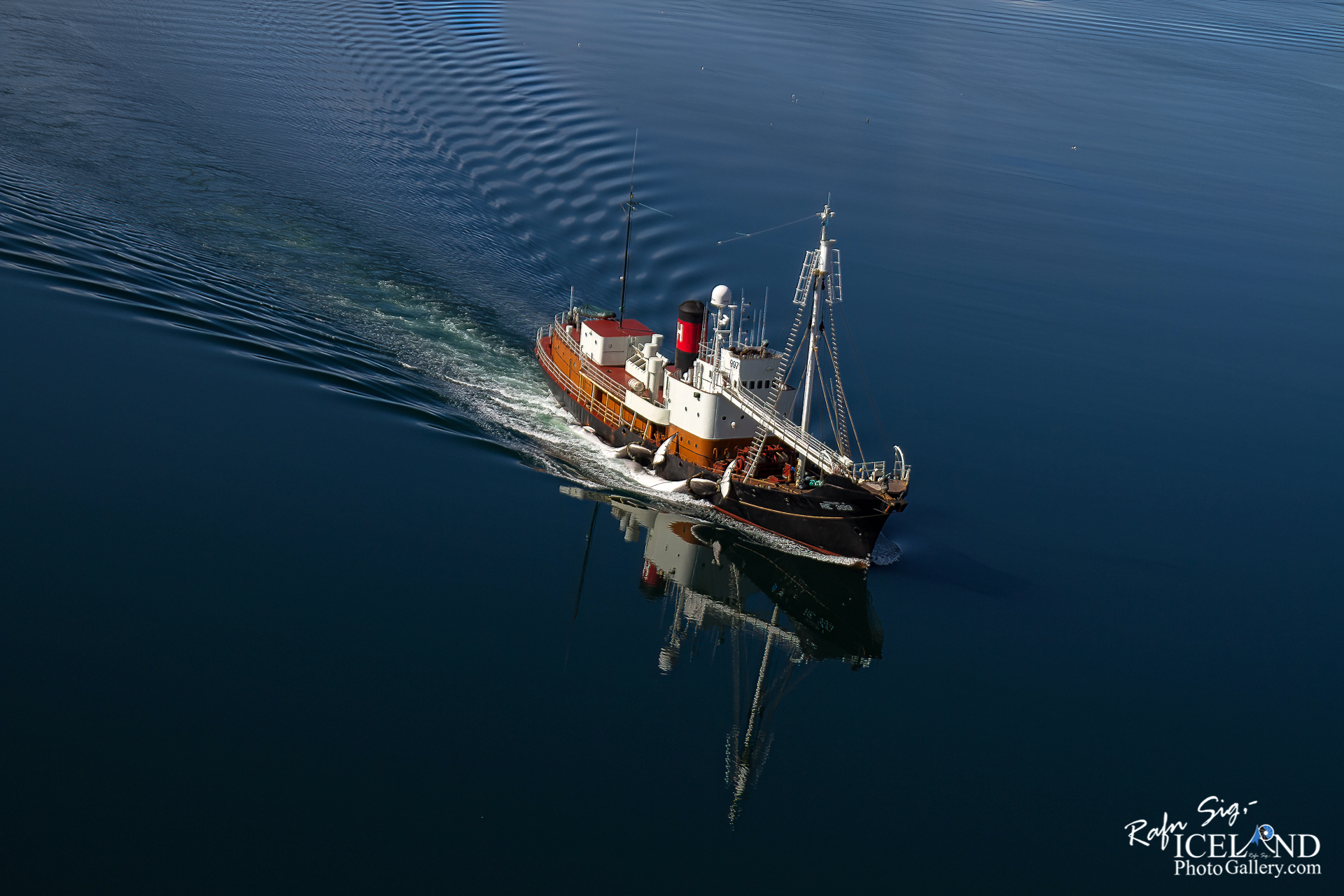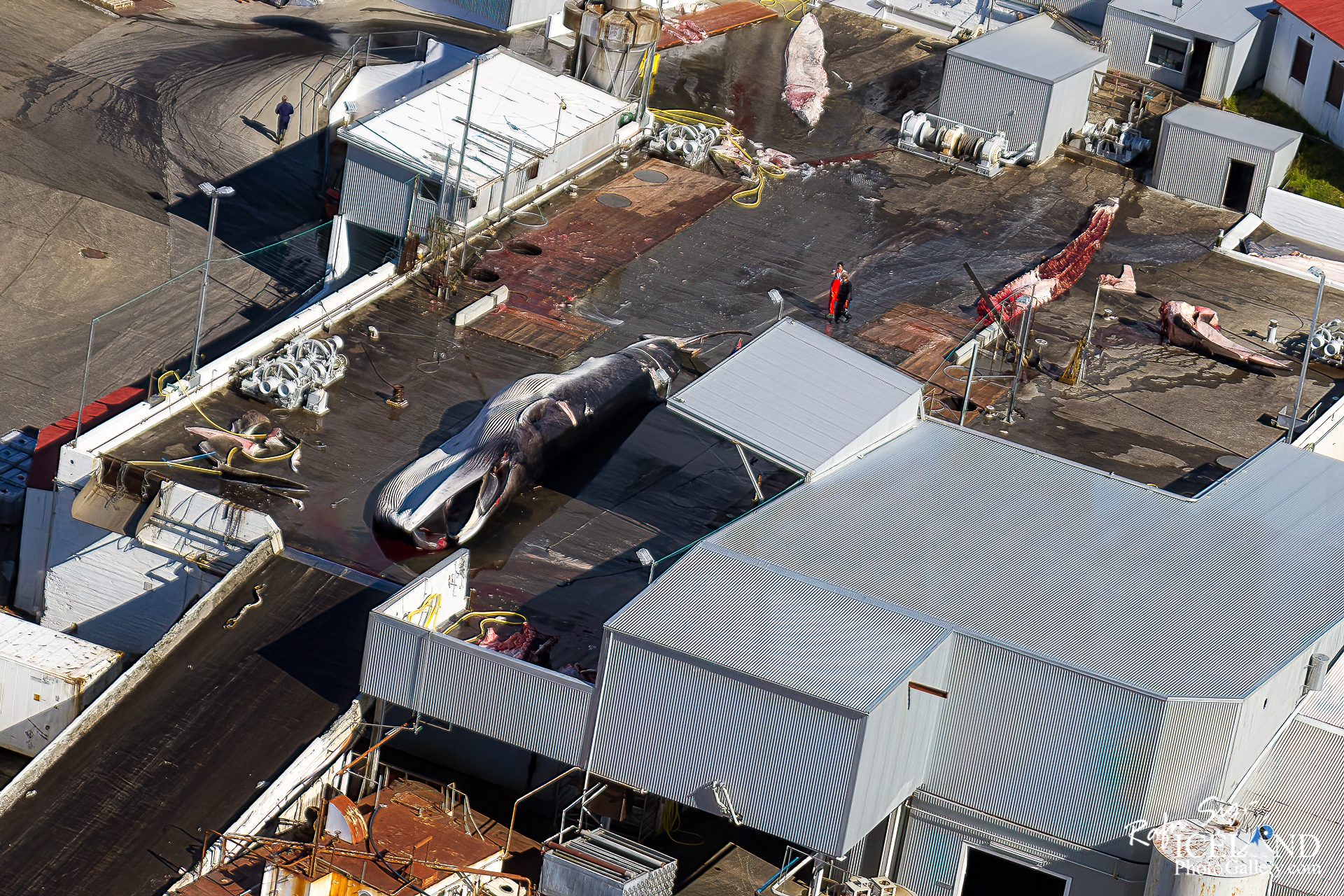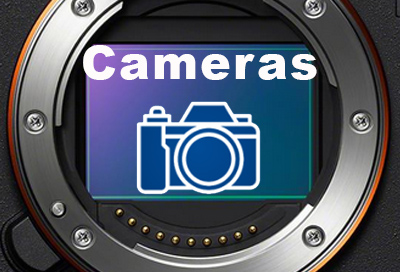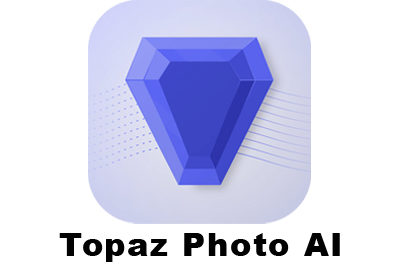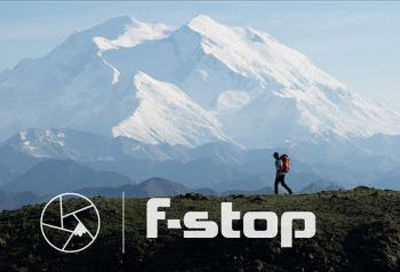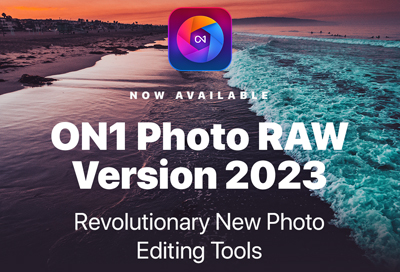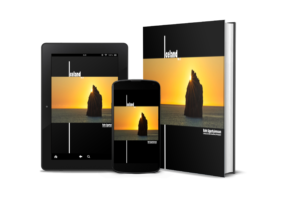2023-09-04
Whaling in Iceland and other country’s │ Iceland Photo Gallery
Documenting Iceland
by: Rafn Sig,-
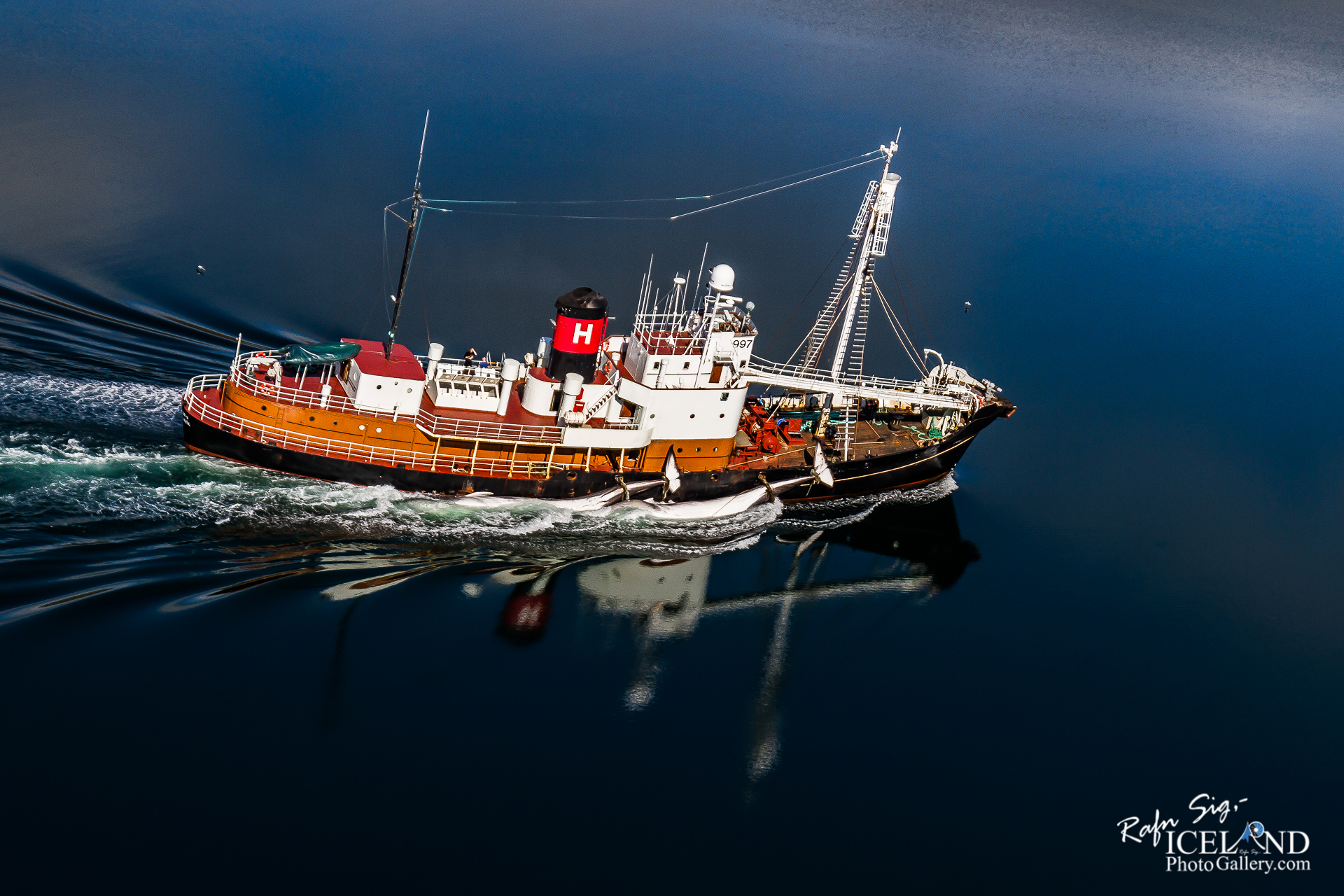
Hvalveiðar eru veiðar á hvölum. Slíkar veiðar hafa verið stundaðar frá örófi alda en náðu hámarki á 19. öld og fyrri hluta 20. aldar vegna mikillar eftirspurnar eftir lýsi sem unnið var úr hvalspiki, þá gengu veiðarnar mjög nærri mörgum hvalategundum. Í seinni tíð hafa hvalveiðar þó aðallega verið stundaðar vegna kjötsins.
Alþjóðahvalveiðiráðið var stofnað 1946 til að hafa stjórn á hvalveiðum á heimsvísu. Árið 1986 bannaði ráðið svo allar hvalveiðar í atvinnuskyni en harðar deilur hafa staðið um bannið allar götur síðan.
Undanþága frá því var þó veitt vegna svokallaðra vísindaveiða og einnig vegna veiða frumbyggja. Grænlendingar eru langumfangsmestir á því sviði. Frumbyggjahópar í Bandaríkjunum (Alaska), Indónesíu, Kanada, Karíbahafi og Rússlandi njóta einnig þessarar undanþágu.
Veiðar Færeyinga á grindhval kallast grindadráp.
Whaling in Iceland began with spear-drift whaling which was practiced from as early as the 12th century and continued in a relic form until the late 19th century. The relationship with whales is reflected in the Icelandic language: hvalreki is the word for “beached whale”, while also meaning something good that is unexpectedly yours or at your disposal. However, modern commercial whaling was introduced to Iceland by companies from other nations in the late 19th century. Today, Iceland is involved in commercial whaling under objection to an ongoing moratorium established by the International Whaling Commission in 1986.
In the United States, beluga whaling is widely carried out, catching about 300 belugas per year, monitored by the Alaska Beluga Whale Committee. The annual catch ranges between 250 and 600 per year.
Whaling catches by location
These totals include great whales: counts from IWC and WDC and IWC Summary Catch Database version 6.1, July 2016.
The IWC database is supplemented by Faroese catches of pilot whales, Greenland’s and Canada’s catches of narwhals (data 1954–2014), belugas from multiple sources shown in the Beluga whale article, Indonesia’s catches of sperm whales, and bycatch in Korea.
Most of the whale species in the table are not considered endangered by the IUCN (“least concern” or “data deficient”). Only the sei whale is classified as “endangered”, and the fin whale is classified as “vulnerable” by the IUCN
. . . All info at: https://www.patreon.com/RafnSig
– 0 –
Viltu styrkja þessa síðu?
Vefsíðan Iceland Photo Gallery er unnin í sjálfboðavinnu. Ef þú hefur áhuga á að styrkja þetta framtak til áframhaldandi uppbyggingar er hægt að leggja inn á:
Reikningsnr.: 0101-26-013169
Kennitala: 310155-4469
